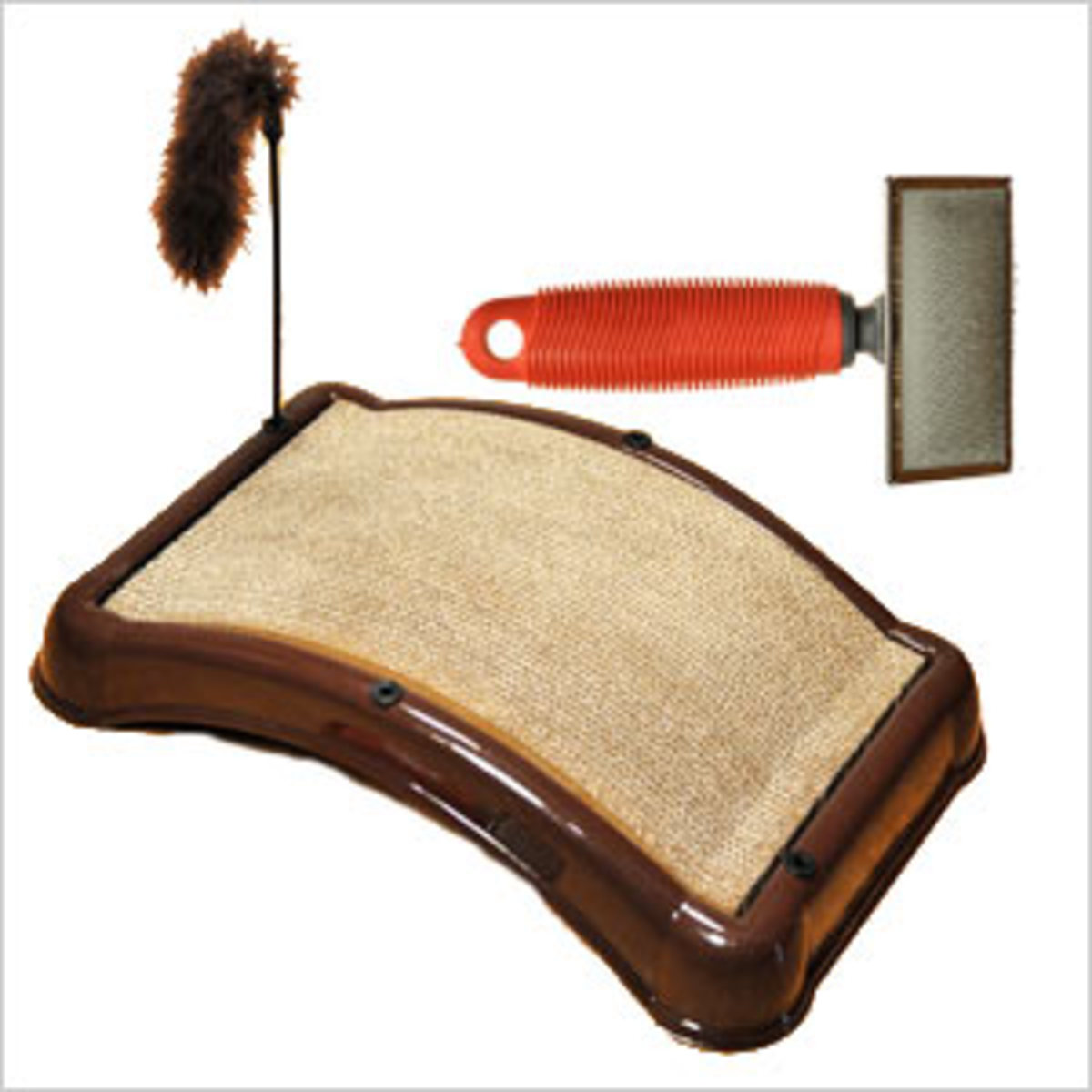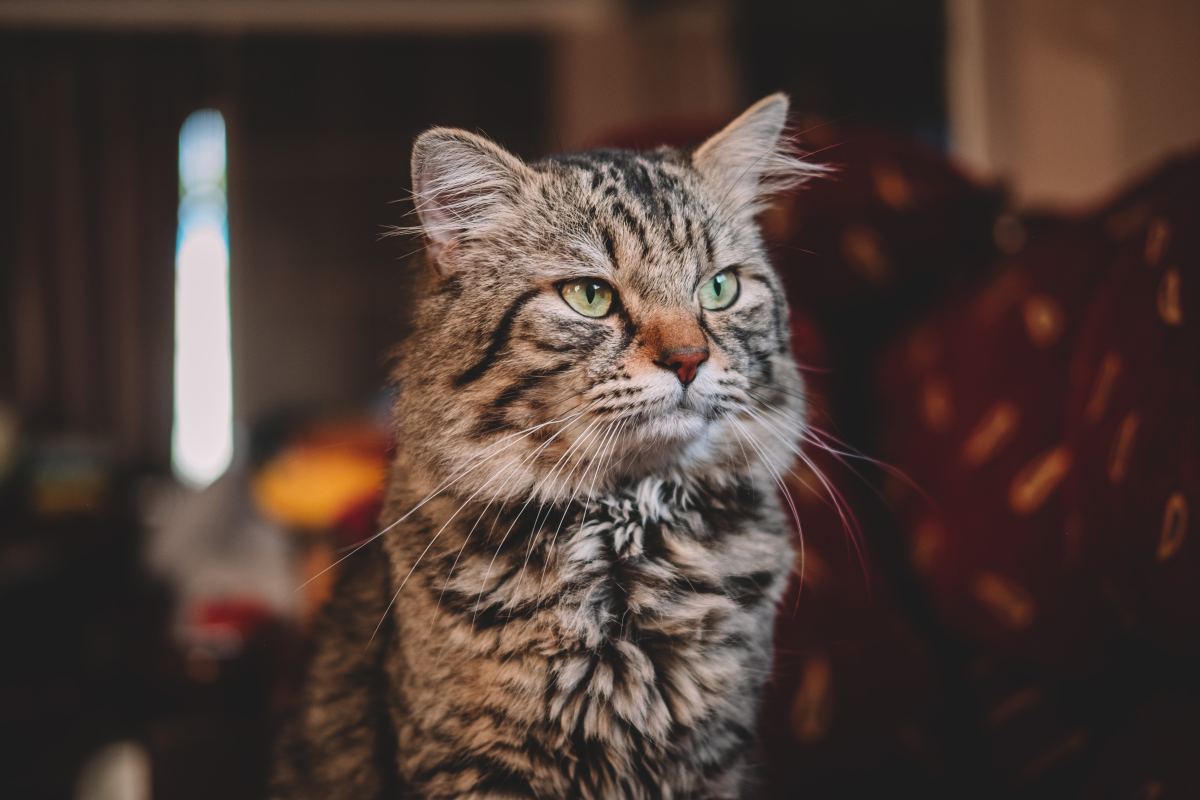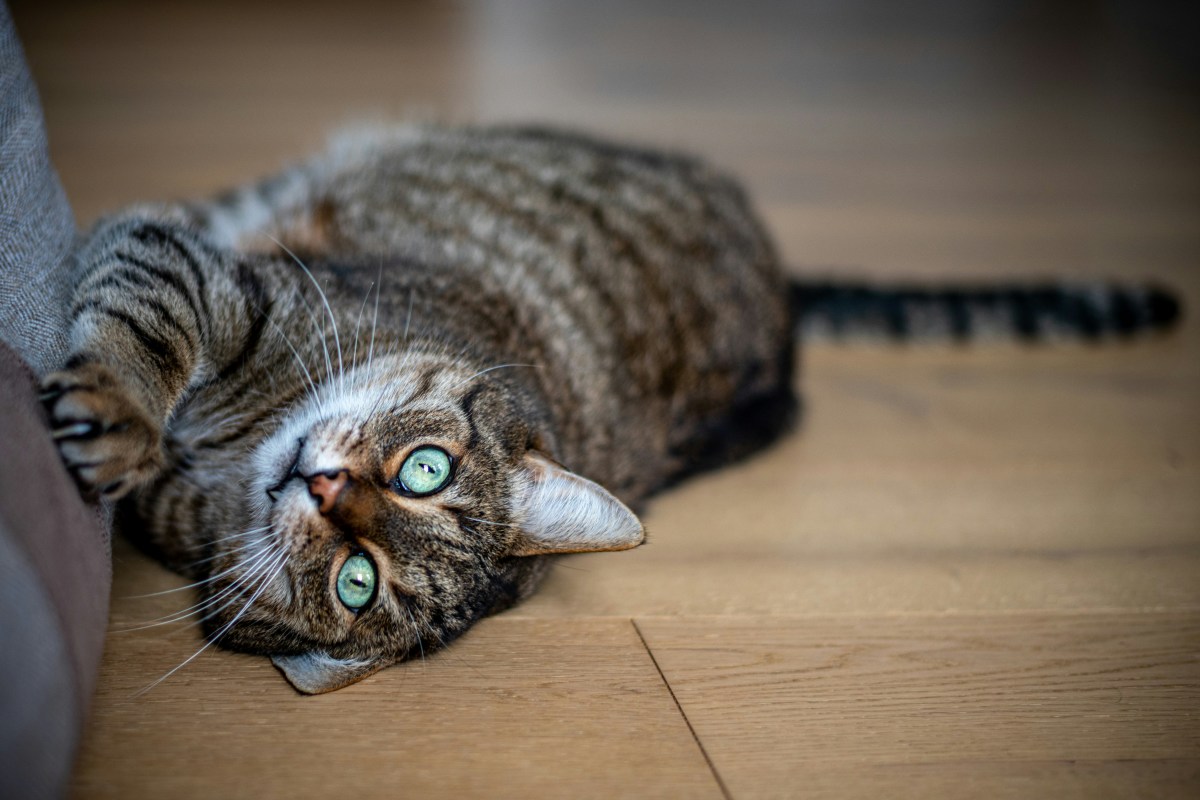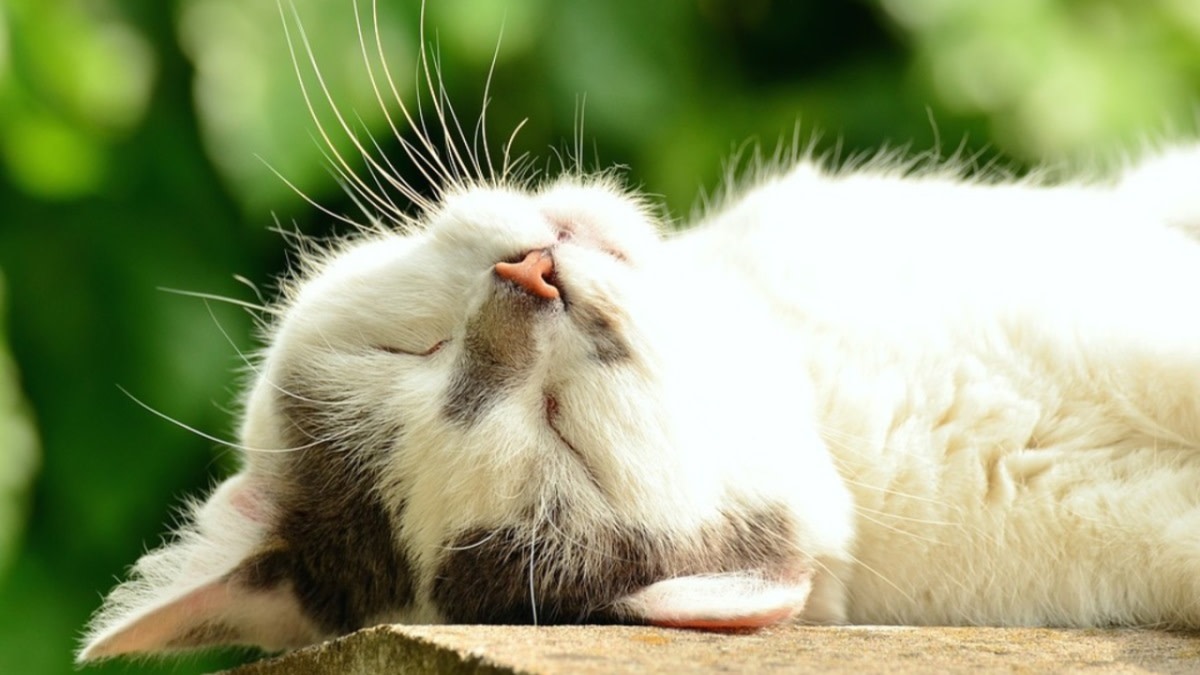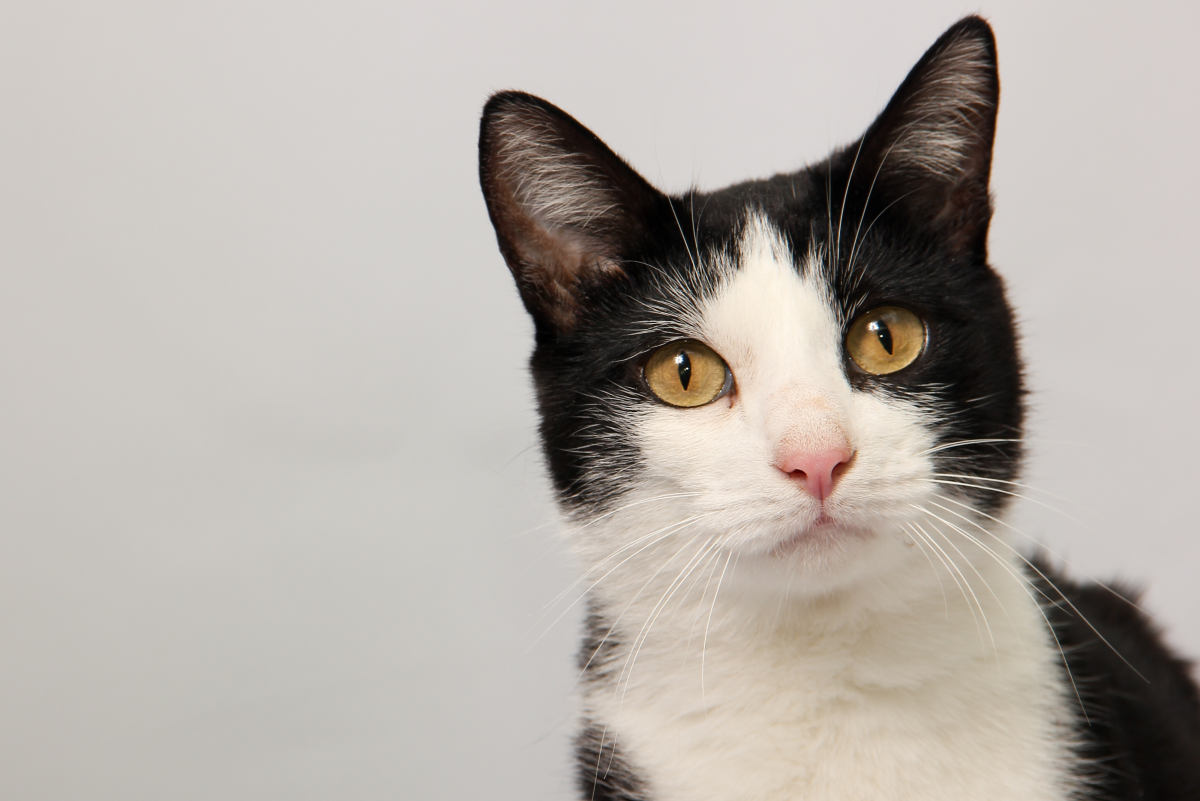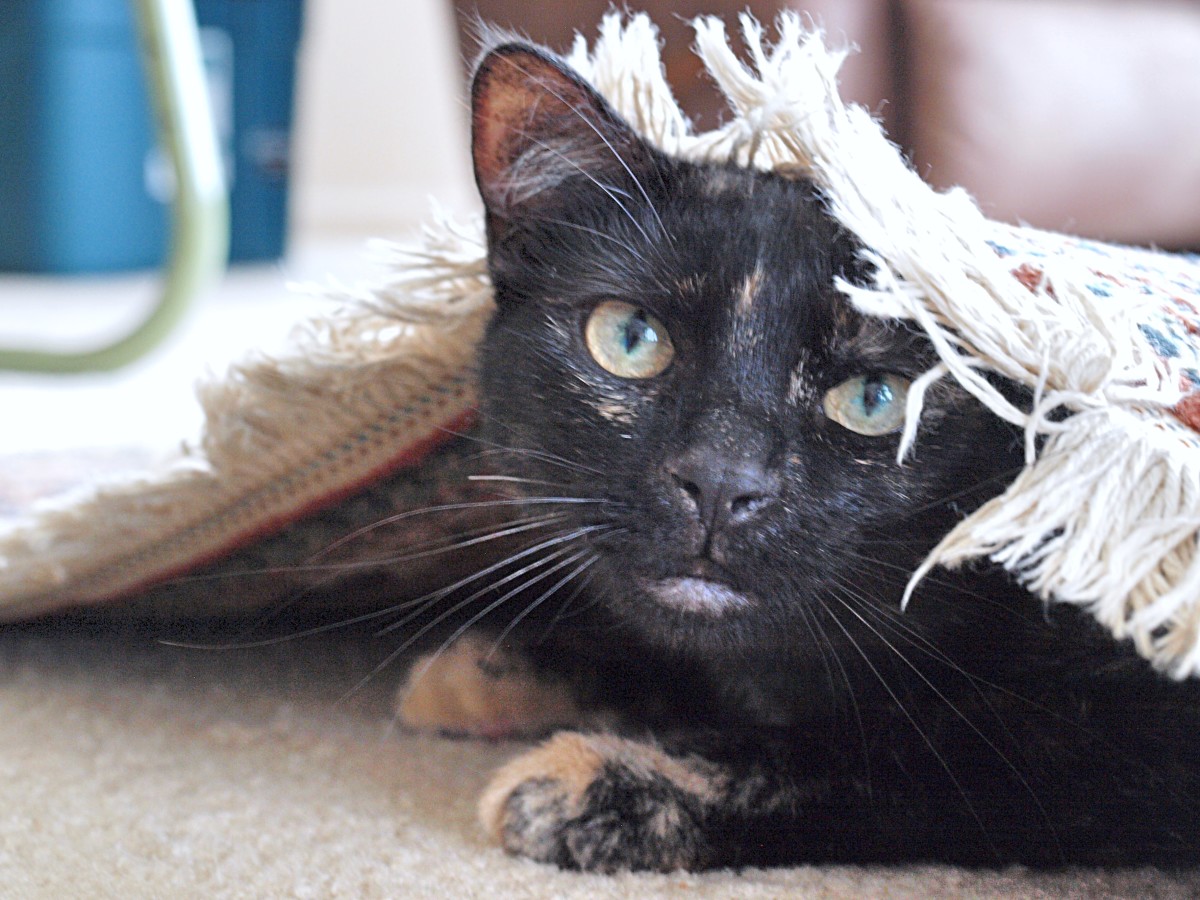Why Cats Should Not Be Declawed

I was sitting in the vetenarian waiting room with my cat, Ramona a few years ago. She was still a kitten and due for her shots. Straight ahead of me was a window that led into the room where surgeries were being performed. I watched a cat get declawed. I don't know why there would be a window in the waiting room looking into the surgery room or why the blinds weren't shut. All I knew is that I couldn't look away.
"So that's what declawing a cat is like, huh?" I asked the receptionist.
"Well, sort of," she said, "That cat was declawed at a free shelter and they messed up. The cat's claws started growing back."
I squirmed a bit. That poor cat must have been in so much pain. Finally, the cat was taken out of surgery. I could see her moving a bit. Oh, I hope she's not waking up yet.. I thought to myself. I am not sure if she did or not. The room was finally empty.
Shortly afterwards, a young woman entered the waiting room. "Ramona?" she called.
That was us. I got up and with my cat in tow, I walked into the room. Ramona's vet was the same woman who was performing the surgery I just witnessed. She was looking at Ramona's chart as I struggled to get my scared little kitten out of her carrier.
"You aren't planning to declaw her are you?" The vet asked me.
"No." I responded.
"Good." She said.
The rest of the visit went okay. We went home and still mad about the vet, Ramona spitefully refused to acknowledge my presence for the rest of the day.
I thought about the cat that was being declawed. I hoped she was okay and I wished her owners could have been in the waiting room witnessing what I was. After all I was taught about cats and all that I learned over the years, I couldn't believe in this day and age, people were still declawing their cats.
Why Declawing is Wrong
In the United States, declawing cats is a common procedure. Most Americans do not know that declawing cats is illegal in Europe, Brazil, Portugal, Japan and Australia. In fact, the US is the only country where declawing is commonly performed on a cat.
The reason why so many countries have outlawed declawing is because it is inhumane. Declawing is actually an amputation procedure. Not only are the claws removed but so are the top of the cat's toes and first knuckle of each joint. Also removed are the ligament and tendon. This is very painful for a cat and some experience pain the rest of their lives. Following surgery, many complications can arise such as infection, hemorrhaging and nail regrowth.
A cat that is declawed has little chance of surviving if outside. Declawed cats cannot defend themselves against other animals. Cats can also develop behavioral problems, such as biting, aggression and litterbox issues.
What About My Furniture?
I used to volunteer at a no-kill animal shelter. Like many shelters, ours was against declawing and we were to make sure anybody who wanted to adopt would not declaw their new pet. Many people who argued would say they did not want their furniture destroyed. Personally, I think if you care more about your furniture than your pet, then maybe a cat is not the right pet for you.
There are ways to keep your cat and her claws off your furniture. Fill up a spray bottle with water and spray the cat if she attempts to scratch your posessions. Scratching posts are necessary. Everyone who has cats should have at least one scratching post. If the cat tries to scratch your furniture, simply pick her up and take her over to the scratching post. Sprinkle some cat nip on the scratching post to entice your cat even more. Cats are intelligent. They usually figure out pretty quickly what's okay to scratch and what isn't.
You can also try no scratch sprays and two-sided tape on your furniture. You can find these items at your local pet store.

Why Cats Scratch and How To Trim Claws
There are actually a number of reason why a cat scratches. First of all it's a natural instinct. At the shelter, declawed cats that were brought in would scratch their 'imaginary' claws. Scratching also removes the dead outer layer of the claws (called the sheath). If there is more than one cat in your household, a cat will scratch to mark their territory or to show dominance. It's also a form of play and scratching feels good to the cat, sort of like stretching.
It's important to take care of your cat's claws. Front claws should be clipped once a month. It will help to prevent any damage your cat may do in the home. Back claws do not need to be clipped since cats rarely use their hind paws. You can use human nail clippers or clippers designed especially for cats. Either works fine, just make sure you are using sharp clippers.
Make sure your cat is very relaxed and sleepy before attempting to clip. Pick up one paw and gently press the toe pad. You'll notice that the cat's claws extend when you do that. Clip only the top part of the claws. Never clip in the pink area (called the quick). Clipping too close to this area will cause pain and bleeding.
Clipping claws can be a bit of a challenge. Sometimes two people are needed to hold the cat down. Others may just give up and leave it to the groomers or vet to do.
Thankfully, Declawing is a Dying Trend
Professionals are much more educated on the long term effects of declawing an animal than ever before. More and more vetenarians are now refusing to declaw cats. Many shelters, like the one I volunteered for, train their volunteers on how to discuss declawing and cat care with potential adopters. The Humane Society and animal rights organizations have been doing an excellent job in bringing awareness to the public about declawing.
Still, there are thousands of cats being declawed each year. About 70% of cats that are turned into shelters due to behavioral problems were also declawed.
Educating people is the key to ending this inhumane practice. Not only is declawing wrong, it's not necessary. People started declawing their cats in the 1960s. Indoor cats have been around a lot longer than that. Start training your cat when she's young and you shouldn't have any problems with scratching.
Do you want to learn more about cats and different cat breeds? Check out my other hub on cats!


